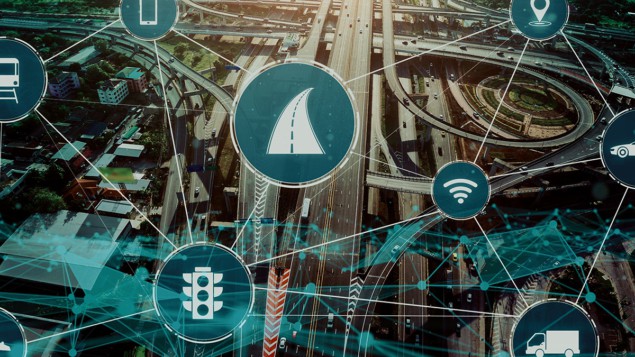
If you want to look savvy and intelligent during a discussion about commercializing quantum technologies, here’s a tip: mention quantum sensors.
This advice isn’t as pithy as “plastics” or “wear sunscreen”. Even so, if you follow it, chances are you’ll be greeted with sage nods and murmurs of agreement. Devices that use quantum effects to sense magnetic fields, gravity and other physical phenomena are far easier to build than fault-tolerant quantum computers or large-scale quantum networks. It stands to reason that they should be easier to turn into commercial products. After all, a noisy qubit is just a good quantum sensor in disguise, and prototype sensors are already proving their usefulness in field trials. What could possibly stand in their way?
Plenty, says Henning Soller, a partner at the consulting firm McKinsey & Company and the leader of the firm’s Technology Institute. “It [quantum sensing] is always a bit of the stepchild,” he told an audience at last week’s Quantum Business Europe conference. In Soller’s view, there are several reasons for this. First, the market for quantum sensors is still nascent. Whereas quantum computing attracts multibillion-dollar investments from major corporations like Google, Honeywell and Microsoft, and spawns new start-ups practically every week, quantum sensing firms are relatively small and few in number.
Second, the possible applications for quantum sensing are incredibly varied. In another session at the same conference, Gabriel Puebla-Hellmann, chief executive officer of the quantum sensing firm QZabre, gave audience members a whistle-stop tour of industries where quantum sensors could have a transformative effect. Puebla-Hellmann’s examples included semiconductor manufacturing, where quantum sensors could bring fresh capabilities to failure analysis and quality control by monitoring the flow of current through nanoscale devices. Another possibility is geophysics, where devices that use free-falling atoms to measure the local acceleration due to gravity could be used to detect subsurface voids, aquifers or buried infrastructure. A further example is the life sciences, where quantum sensors based on nitrogen vacancy centres in diamond could bring magnetometry, thermometry and nuclear magnetic resonance (NMR) imaging capabilities down to the cellular scale.
Bug or feature?
For scientists, this huge variety is exciting. For investors and entrepreneurs, though, Soller argues that it’s a problem, since it makes it harder to identify which applications have the greatest commercial potential. That’s important because McKinsey estimates that the entire quantum sensing market, in all its glorious diversity, is only 1/5 of the size of the market for quantum computing – meaning that each possible application represents a slender slice of an already smaller pie.

Setting the scene for a quantum marketplace: where quantum business is up to and how it might unfold
A further challenge Soller mentioned in his talk is that some quantum sensing applications have very good classical competitors. As an example, he cited the use of gravity sensors for geolocation. Some experts have touted such sensors as a possible antenna-free, jamming-resistant replacement for GPS technologies, especially in autonomous vehicles. But with GPS so ubiquitous, and gravity sensors so new, it’s far from clear when – and if – the quantum solution might become better than the classical one.
Soller concluded that all of these factors make quantum sensing “a more difficult market to explain and to enter”. So the next time someone brings up quantum sensors in a discussion about commercializing quantum technologies, don’t just nod and murmur your agreement. Ask them how they’re going to overcome these challenges. The future success of the field may depend on it.



